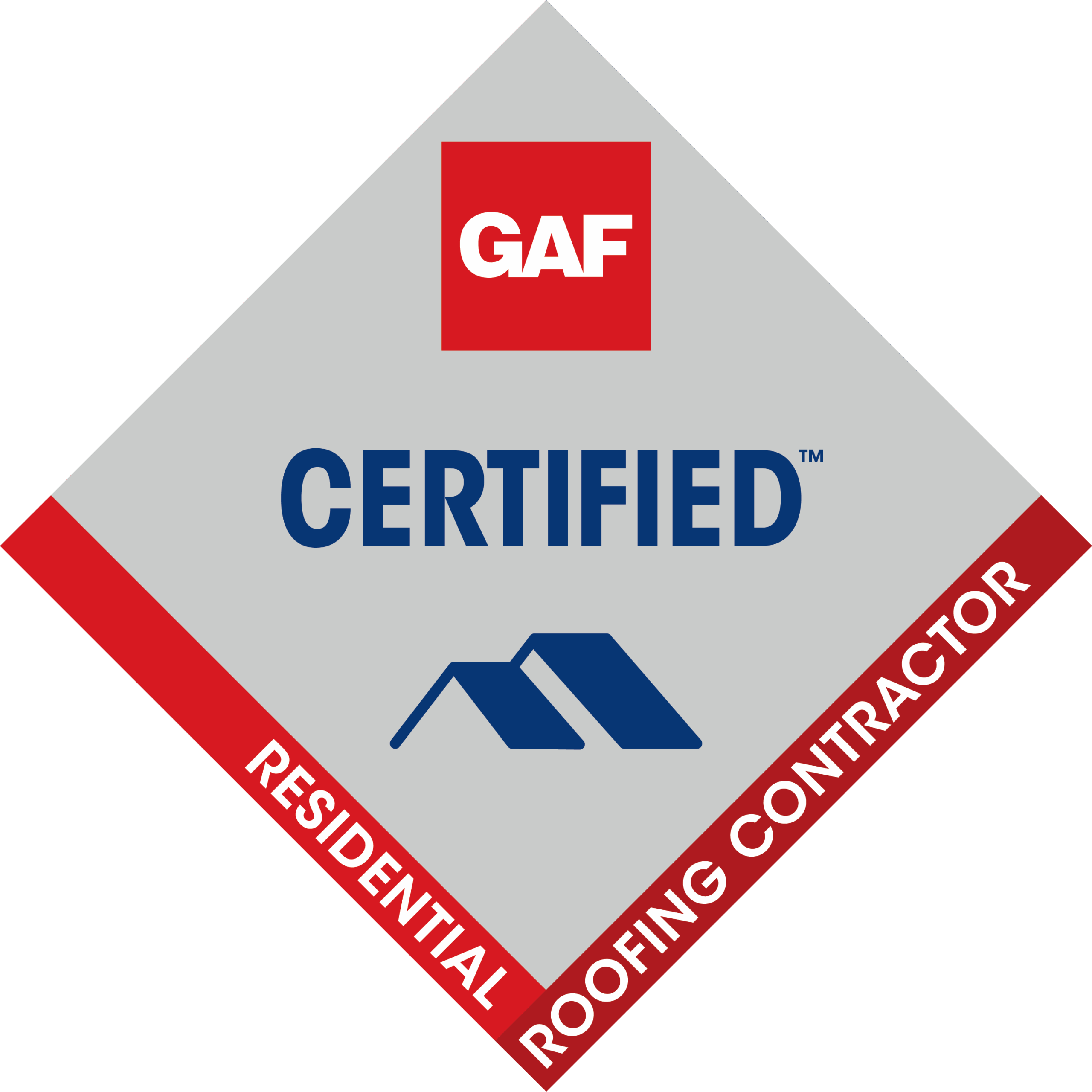Let’s explore the different types of low-slope roofing systems commonly used in residential and commercial construction. These systems are designed to efficiently shed water on roofs with minimal slope. Here are some key options:
Ethylene Propylene Diene Monomer (EPDM):
- EPDM roofing is a synthetic rubber membrane.
- Known for its durability, flexibility, and resistance to UV radiation.
- Commonly used for flat or low-slope roofs.
- Life expectancy: 20 to 30 years1.
Metal and Architectural Sheet Metal:
- Metal roofs, including standing seam panels, are suitable for low-slope applications.
- Durable, fire-resistant, and energy-efficient.
- Available in various materials such as steel, aluminum, and copper.
- Life expectancy: 40 to 70 years or more1.
Polyvinyl Chloride (PVC):
- PVC roofing membranes are single-ply thermoplastic sheets.
- Excellent chemical resistance and UV stability.
- Suitable for both low-slope and steep-slope roofs.
- Life expectancy: 20 to 30 years1.
Thermoplastic Polyolefin (TPO):
- TPO roofing is another single-ply membrane.
- Energy-efficient and environmentally friendly.
- White TPO reflects sunlight, reducing cooling costs.
- Life expectancy: 20 to 30 years1.
Built-Up Roofing (BUR):
- BUR systems consist of multiple layers of asphalt-saturated felt or fiberglass.
- Alternating layers of bitumen and reinforcing fabric create a durable membrane.
- Commonly used on commercial buildings.
- Life expectancy: 20 to 30 years1.
Green Roof Systems:
- Green roofs involve planting vegetation directly on the roof surface.
- Provide insulation, reduce stormwater runoff, and improve air quality.
- Suitable for low-slope roofs with proper structural support.
- Life expectancy varies based on maintenance and plant health.
Remember that proper installation and maintenance play a crucial role in maximizing the lifespan of any roofing system. Consult with roofing professionals to determine the best solution for your specific needs. 🏠🌟


